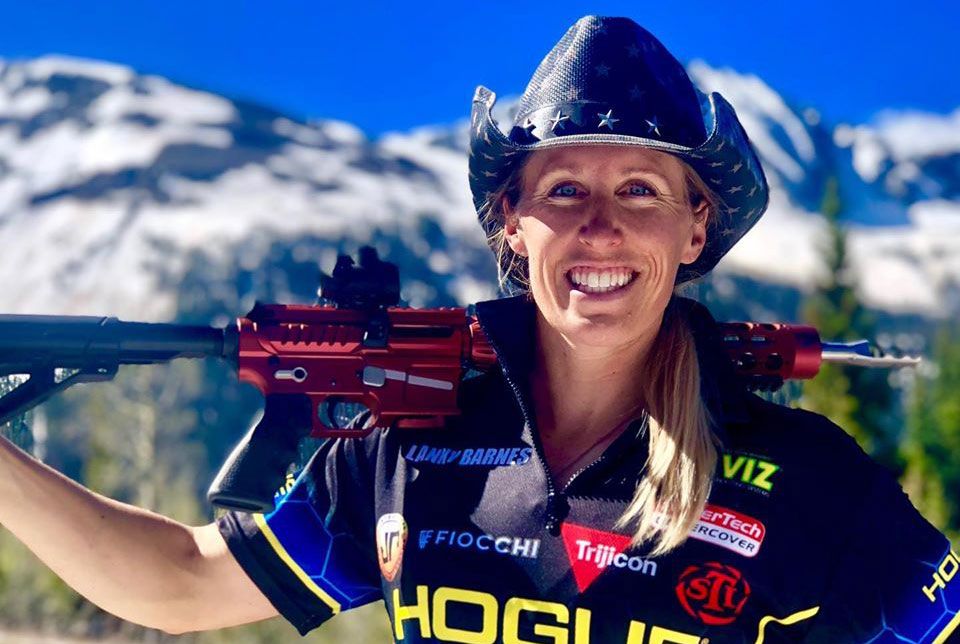
“Lanny Oakley”, aka Lanny Barnes, is a 3-time Olympian and professional shooter who has spent an entire career focused on elevating her performance with her rifle to the highest level attainable. We recently sat down with her to discuss her amazing career, actionable advice on how to take your shooting to the next level, and her perspective on the increasing adoption of the AR platform by women.
Lanny’s bio, via the JP Shooting Team website:
For over 15 years, Lanny was a force to reckon with on the biathlon circuit, usually having the fastest and best shooting for a competition with blazing fast shooting speed and incredible accuracy. Now she brings these skills over to the 3-gun world where she is hoping, with a little more experience, to take on the 3 Gun Nation circuit by storm. Lanny was a very decorated female US biathlete and plans to bring the dedication she had to in biathlon to her 3 gun training. She is also a shooting instructor and brings a wealth of knowledge to the TOP Shooting Institute with an extensive background in physiology.
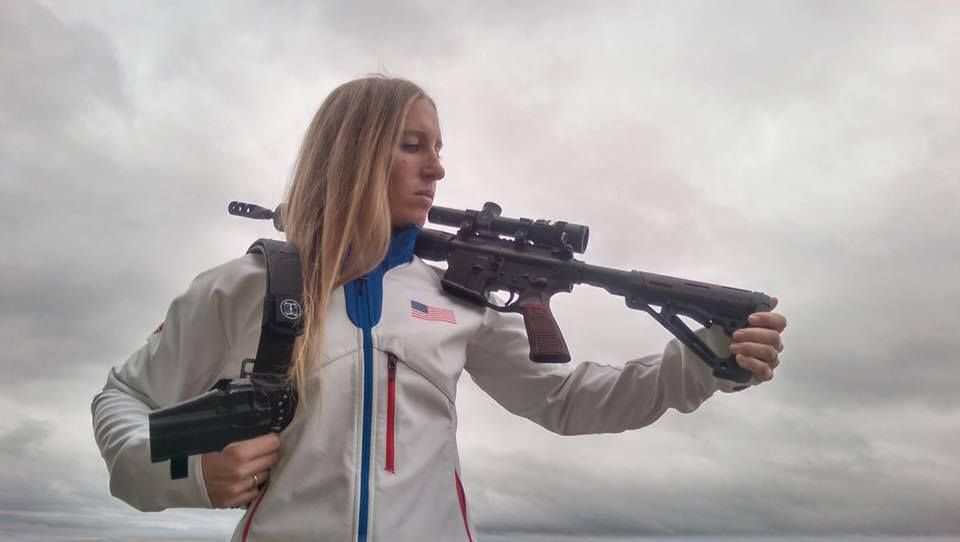
Q: Lanny, can you give our readers a bit of background on how your shooting career began?
Lanny Barnes – I’ve been involved with shooting my entire life. My dad had three girls and shooting and hunting was his biggest passion so he obviously passed that on to the three of us girls. We started out mostly shooting bows and pellet guns when we were six or seven and then moved up to .22s and started hunting big game later on.
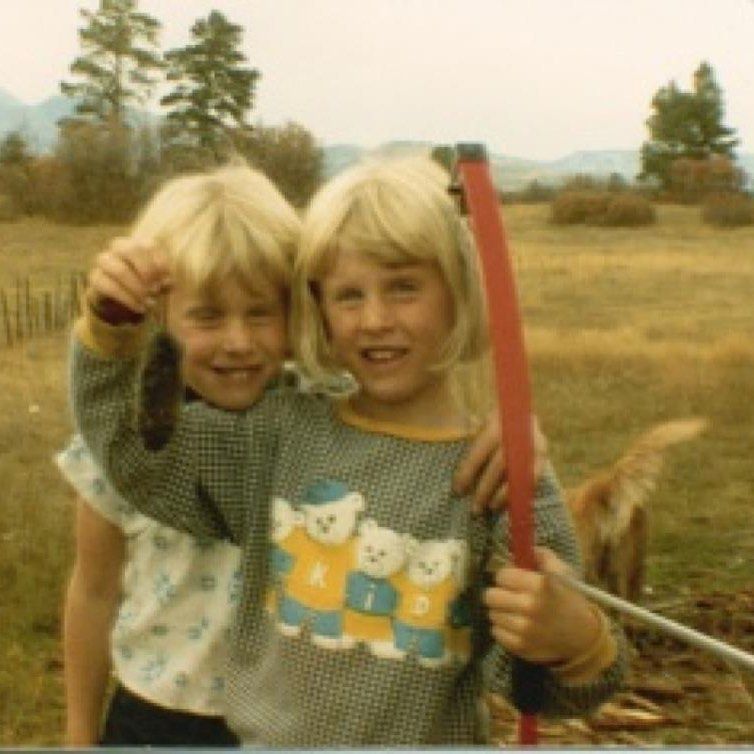
My twin sister and I then started doing small bore prone competitions…and we met a guy at one of those competitions who told us about biathlon. He thought that us two active girls were definitely in the wrong sport and we needed to do something where we were moving and shooting instead of just laying there all day. And so we jumped into biathlon and very quickly fell in love with it. It was as close to hunting you could get, as far as actual competition goes and we just loved it. We ended up doing three Olympics in biathlon…in 2006, 2010, and 2014.
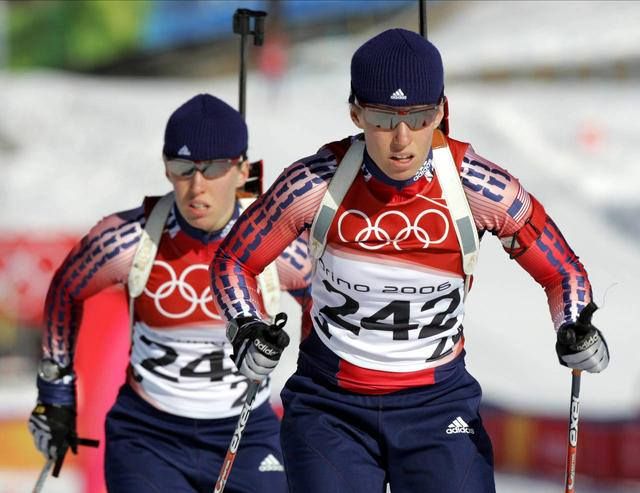
Towards the end of our biathlon career, we decided to try some different forms of shooting to bring our shooting level up a bit. We had basically reached as high a level as we could in biathlon, but we were not satisfied with that, and we wanted to try more.
We jumped into 3-gun, and just thought that there were some things that we could transfer over from 3-gun into our biathlon to help us get even better. 3-gun is obviously a lot less running and more shooting, and we became addicted to it right away, and now we’re competing in 3-gun, PCC, long range rifle and all sorts of things ever since.
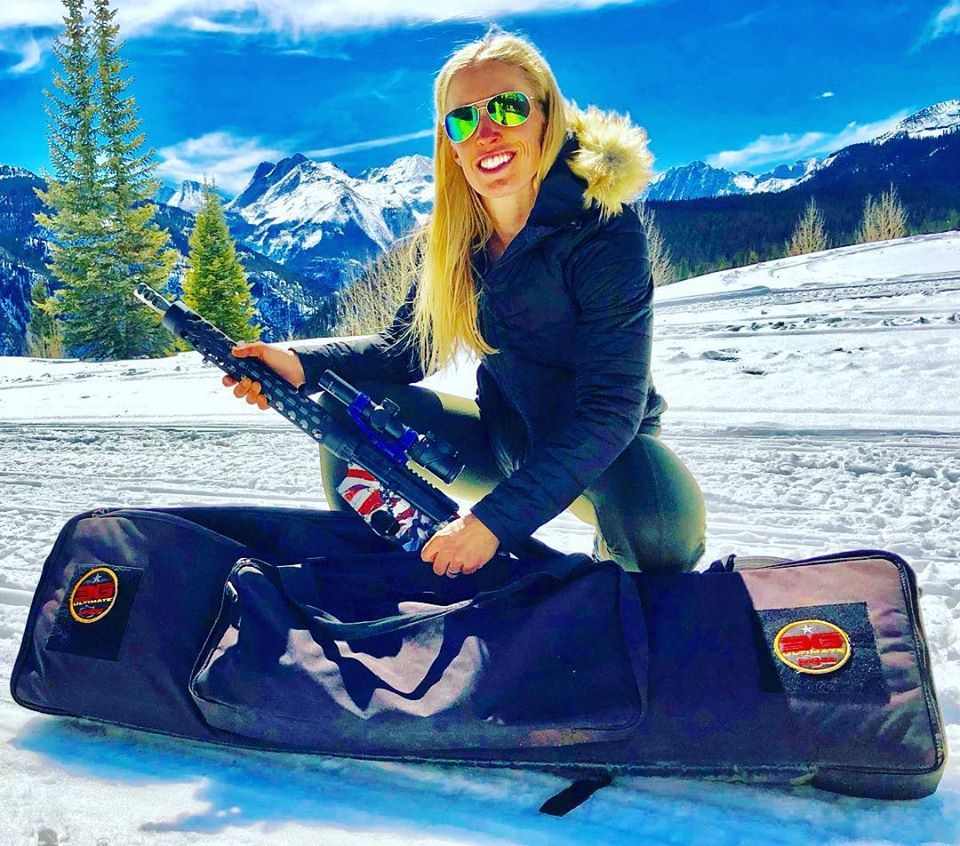
Q: As an Olympic athlete, can you share your perspective on movement, breath control and how what you did in biathlon made you a better performer in 3-gun competitions?
Lanny Barnes – When you think of 3-gun, it’s not like biathlon, where you have to go at least a mile before you take your first shot. You’re running and gunning right from the start. It’s more short bursts of speed and lots of quick movements and turnover and things like that. I would say that breath control and movement are even more important for 3-gun because you don’t have as much room for error. (laughs). You have such a short window in a stage to make up fractions of a second, and shots…to compete with the best, I think shooters need to focus on their breathing.
Heart rate is something that a lot of people tend to focus on, but that’s the one thing you cannot control. You can slow your heart rate down by a few beats, but not enough. Your heart is an involuntary muscle that beats on its own. That said, breathing is something that you can control. We do what we call a “breathing reset.”
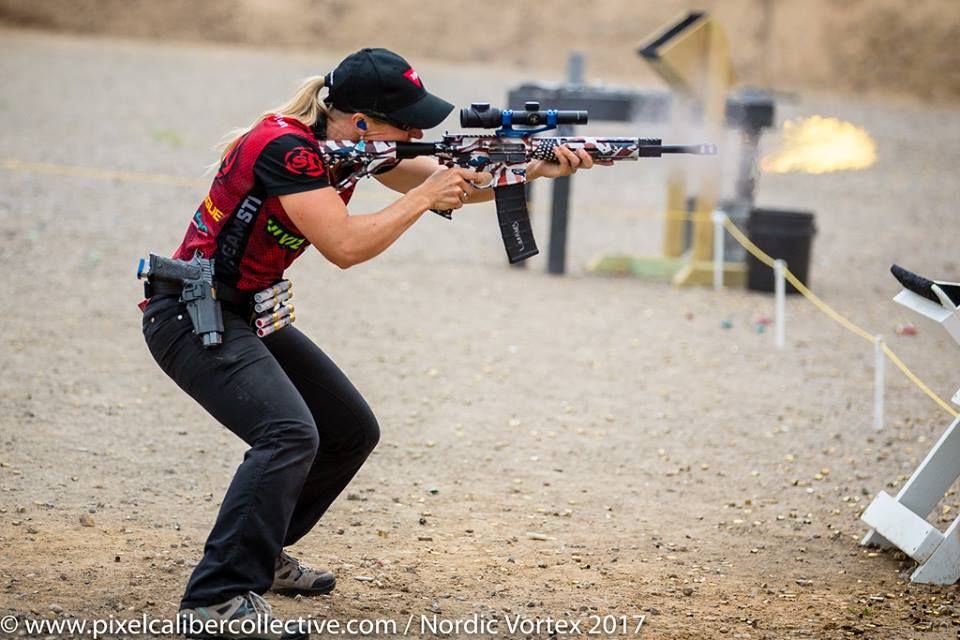
Before you jump in position for your long range rifle shots after running through a whole stage, take a couple really, deep forced breaths so that it resets your breathing…your breathing will be more controlled, versus the quick and high breath cadence that you get after sprinting through a stage.
As far as movement of your rifle goes, a lot of people have the false idea that you can get to the point where there’s absolutely no movement and the rifle will be perfectly still. In general, that is not possible. You have to accept a certain amount of movement. We tend to call it the “acceptable wobble zone.” With that, you accept that “yes, there is still going to be a little bit of movement, but you can still be accurate within that movement and try to minimize it as much as possible, ” with training, you can really work to minimize it.
Q: Are there other perhaps overlooked things to think about for someone beginning in 3-gun competition?
Lanny Barnes – One thing to think about is that when you are shooting and running a stage, usually people will get more and more tense as they go. The more tense you are, the more muscle you are using…the more oxygen you are using. By the time you get to the end of the stage, you’re gassed and you’re shaking.
What a lot of people need to work on is learning to how relax from start to finish a little bit more. Obviously, you need to still have a good, strong grip on the firearm and maintain your basics. But, in general, your body can carry a lot of tension in the shoulders and in other parts. That can translate into a higher breath rate and shakier movements when you get to the end of a stage and you’re trying to shoot.
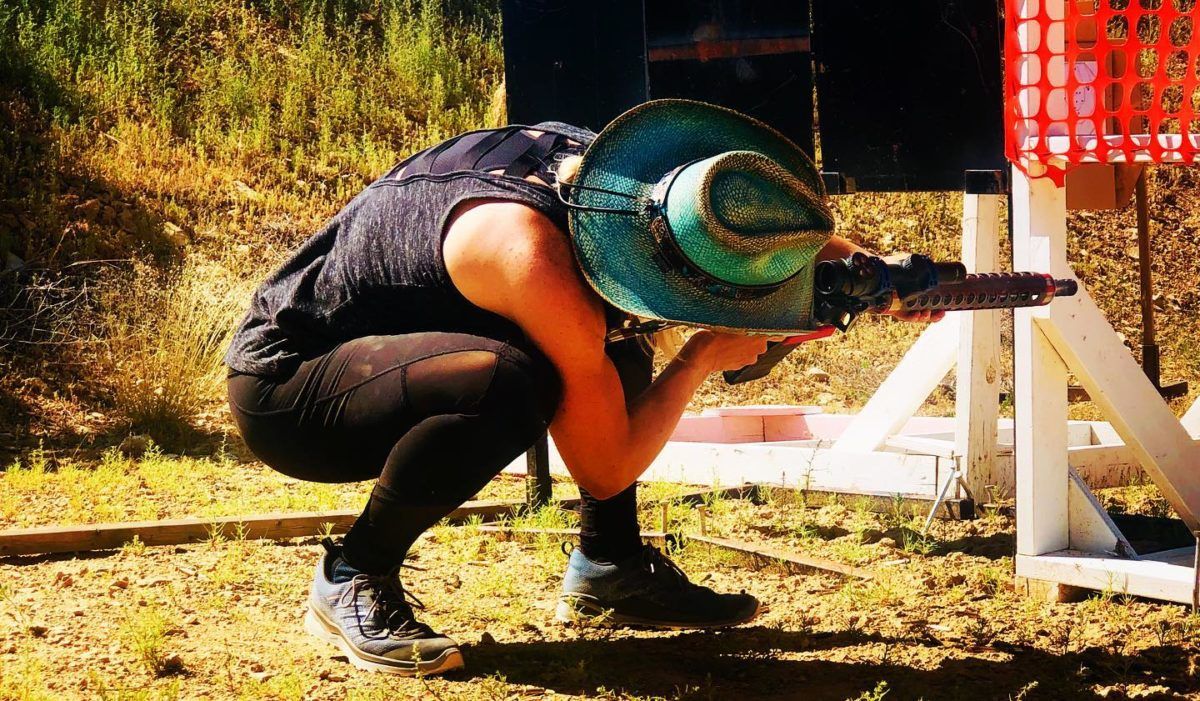
Q: Is there a way that you would instruct someone to relax?
Lanny Barnes – In my training, one thing that we worked on a lot was keywords. A keyword is something that jogs your brain into getting ready for what is to come. The word could be anything from “tree” to “fight” or “hit” or anything like that. Anybody can come up with their own keyword. What you do is anytime you go to the range to work on something, you say that keyword.
It’s a bit like Pavlov’s dog, where you say that keyword and then you work on what you are working on, and if you are religious about it and you do it every time, eventually you will get to the point where you won’t have to think about all of the different things like working on the trigger, relaxation…just everything that goes into executing a good shot and a good stage. You say that keyword and your mind subconsciously focuses on all of those things without you actually having to think about them.
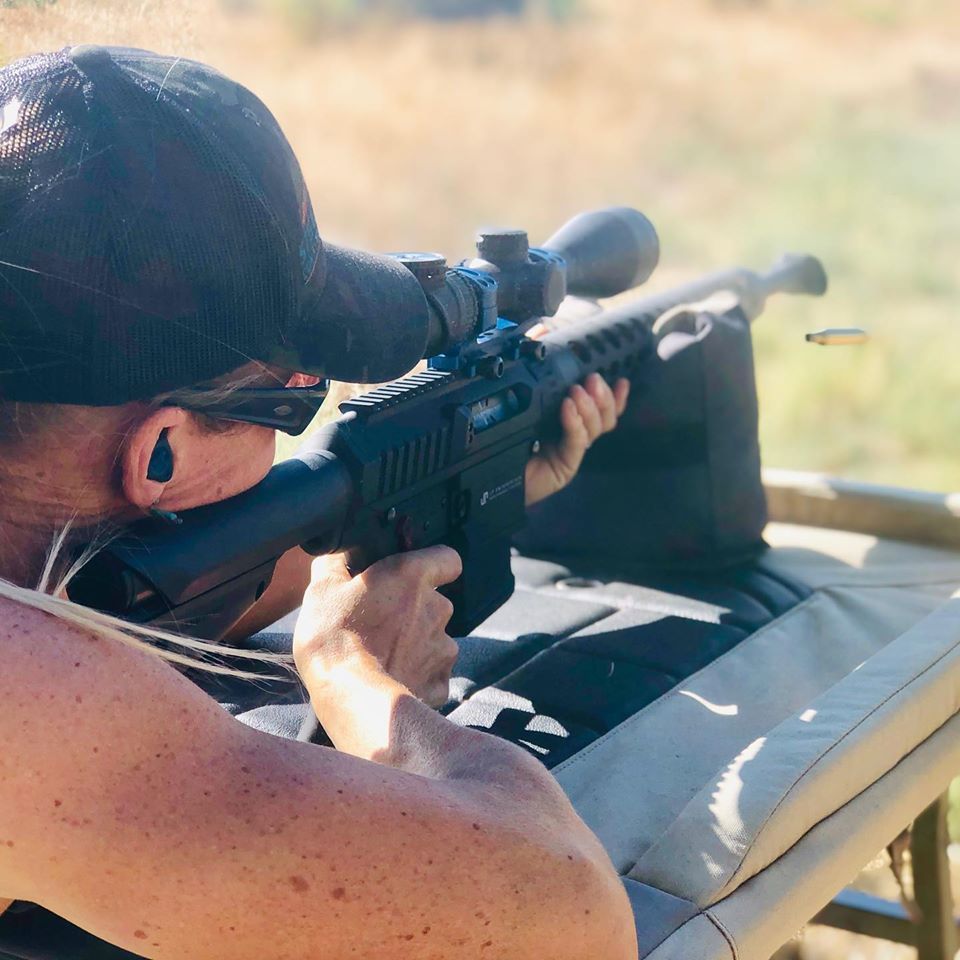
Q: I recently did an interview with Ash Hess about a shooting event he held. During our conversation, he mentioned a hang-up for a lot of new competitors was them not realizing the importance of movement and speed. Is that something you see as well?
Lanny Barnes – There are thousands of really good shooters out there, and I think the thing that they are struggling with the most is that they don’t realize how important movement is. When you go from target to target, transitioning…or when you go from stage to stage, that’s essentially free time. If you can figure out how to get from point A to point B quicker and with more efficiency, you’re going to be that much better.
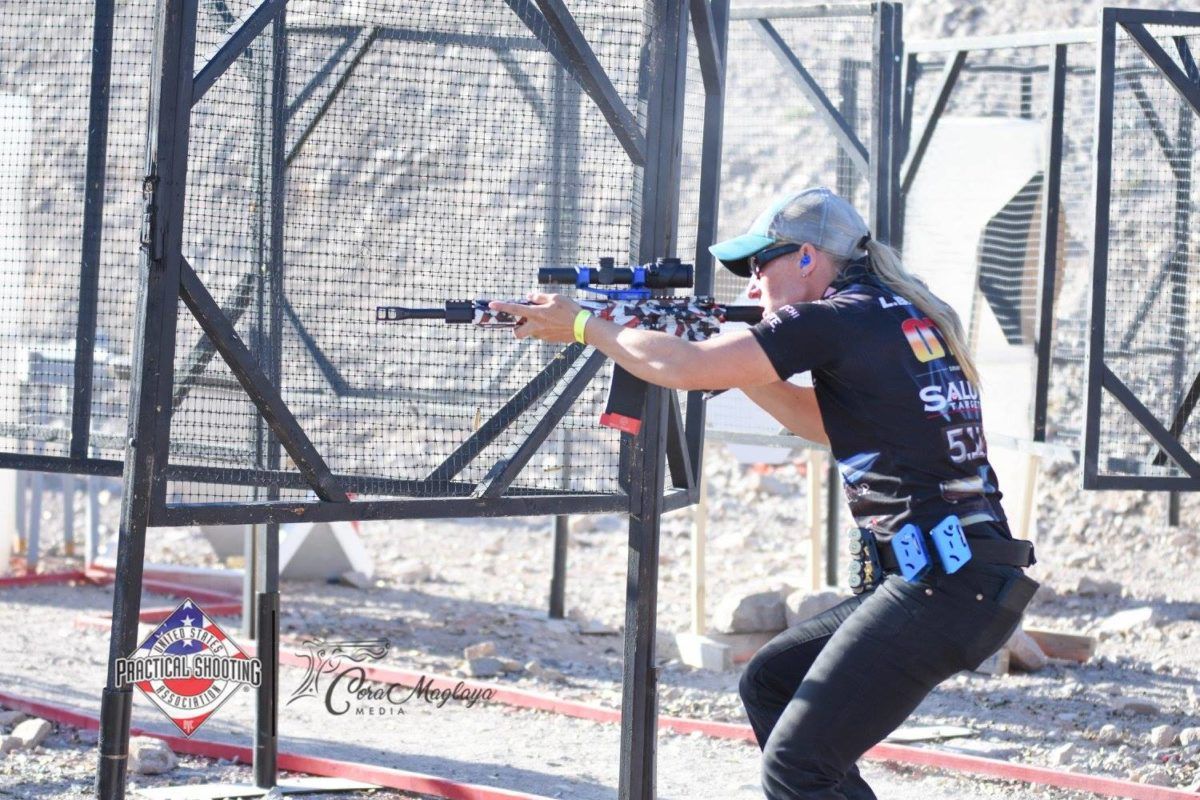
The part you shouldn’t force or rush, in my opinion, is the actual shooting part. At a certain point, we can only shoot as fast as we can see our sights and run the trigger. It’s different for everybody. We have all been to the point where the wheels fall of and we just can’t hit anything. We always want to ride that line of being fast but not too fast. However, with all of the movement outside of that, you can make up tons of time.
In biathlon, the one thing that we focused on the most, even though we were out there skiing for long periods, was the time from when we entered the range to the time we were leaving the range. We thought that period was the most critical for us in our sport.
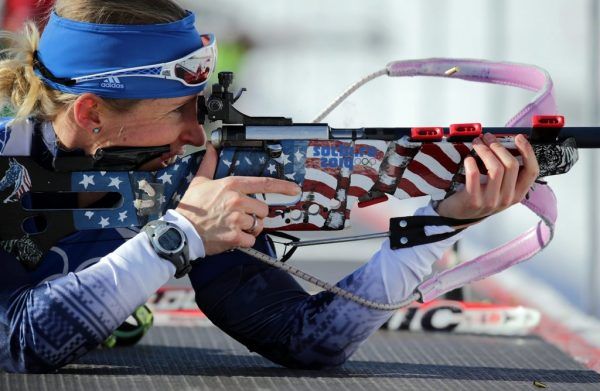
We thought that because we could make up so much time by being efficient when taking our gun off, loading our magazines, throwing our gun back on our backs, jumping off the point and skiing off. It’s no different than 3-Gun, PRS or any of these long range events where you have a lot of movement. Being more efficient and thinking about how you’re going to carry your gun, how you’re going to explode from point to point, how many steps is it going to take and can you cut that number in half? Things like that can all make a big difference.
Q: Can you talk about the AR you use and why it has the features it does?
Lanny Barnes – I shoot JP rifles. The reason being is that I have competed at the highest levels of sport and I feel like equipment is one of the most important things. I actually went to JP and asked to be on their team, not the other way around. When my twin sister and I jumped into 3-gun, we wanted the absolute best. We take it seriously when we recommend a product. We want them to know that we’re using something not because we’re getting paid, but because it is a good quality firearm.
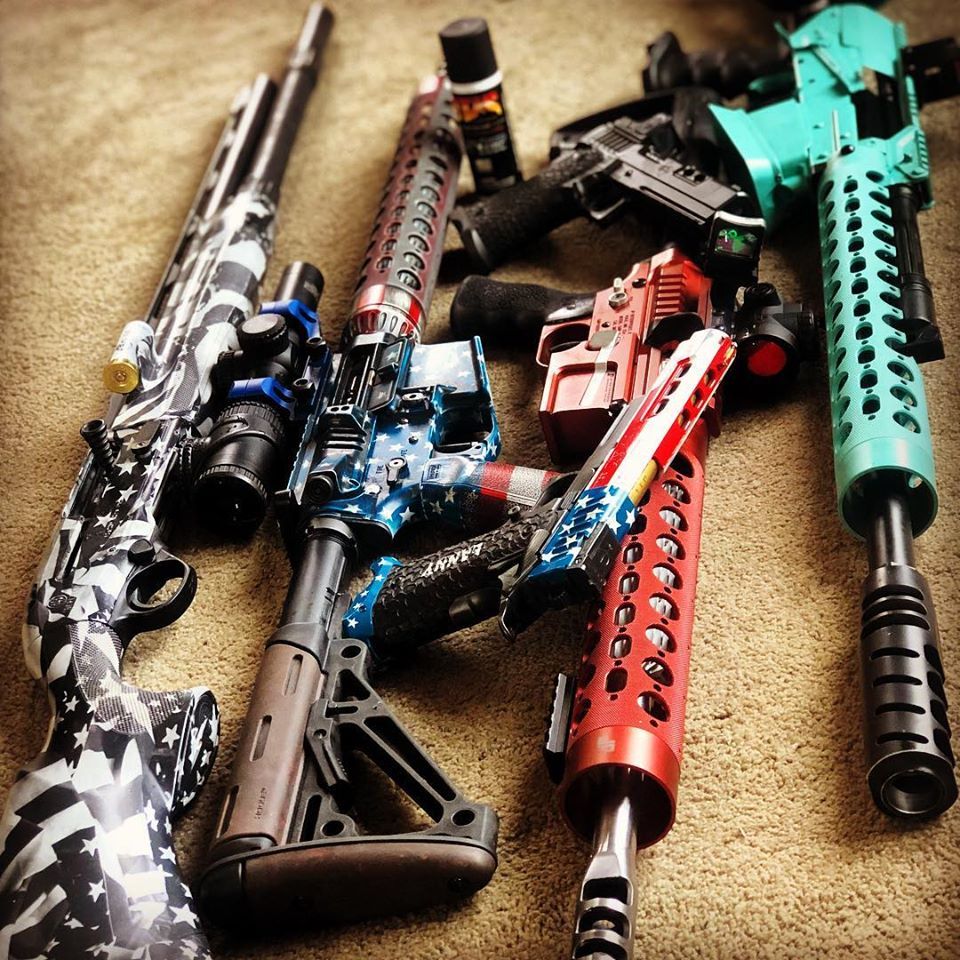
I use a JP-15, which is one of their standard firearms, but it does have a rolling trigger, which I really like for 3-gun because you’re always getting into different, awkward positions and it helps you get your finger on the trigger perfectly and get a good trigger squeeze. I also have a side charging handle, and I think those things are phenomenal. It’s not something you necessarily need for long range shooting, but for 3-gun or 2-gun matches, it can save a ton of time and help you be more efficient…even if you have a jam, it can help you be more efficient if you practice clearing jams with it.
For a woman, I think side charging handles are really helpful. There’s a lot of women, and even guys that can struggle holding up the weight of the gun and getting their arm out there to charge the bolt, but the side charge works really well.
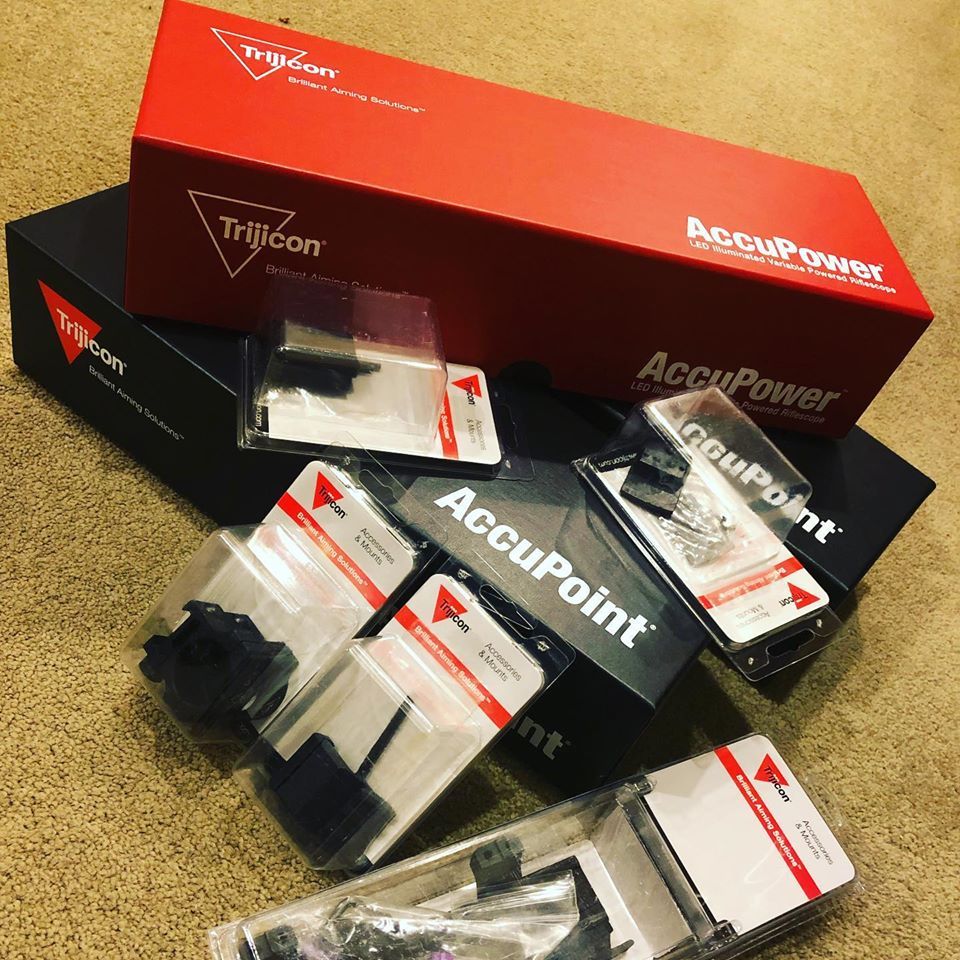
Lanny Barnes – For an optic, I use a Trijicon AccuPoint 1-6. It’s been my go-to. I also have an AccuPoint 1-8 that I use. The thing that I love about the AccuPoint 1-6 is it pretty much covers everything. You still get clarity out to 600…I can still see where my hits are going with the 6x. It works perfectly for 3-gun and it has a true 1x on it. I never have to change batteries…even in low light the dot is super bright.
I like to keep my equipment simple. If I am always thinking about changing out batteries and things like that, then I am not focusing on the actual competition and getting the job done. I always like to simplify everything that I use as much as possible.
Q: Can you discuss your maintenance routine?
Lanny Barnes – I’m very, very particular when it comes to maintaining my firearm. When I was doing biathlon, we were often skiing and competing in 20 below temperatures. If you didn’t maintain your firearm, it was going to malfunction. I developed a habit of cleaning my guns often, and I have always felt that with my ARs they prefer to have tons of oil and be clean.
I’ve tested them to see how far they could go, and how many thousands of rounds I can get through them before they start jamming. With JP rifles, it’s a lot (laughs). I can get through cases of ammo before they get to where they’re not functioning. So when I’m training, I might push it during training just to see what the guns can do. During competition, I always make sure the guns are clean and performing at their peak.
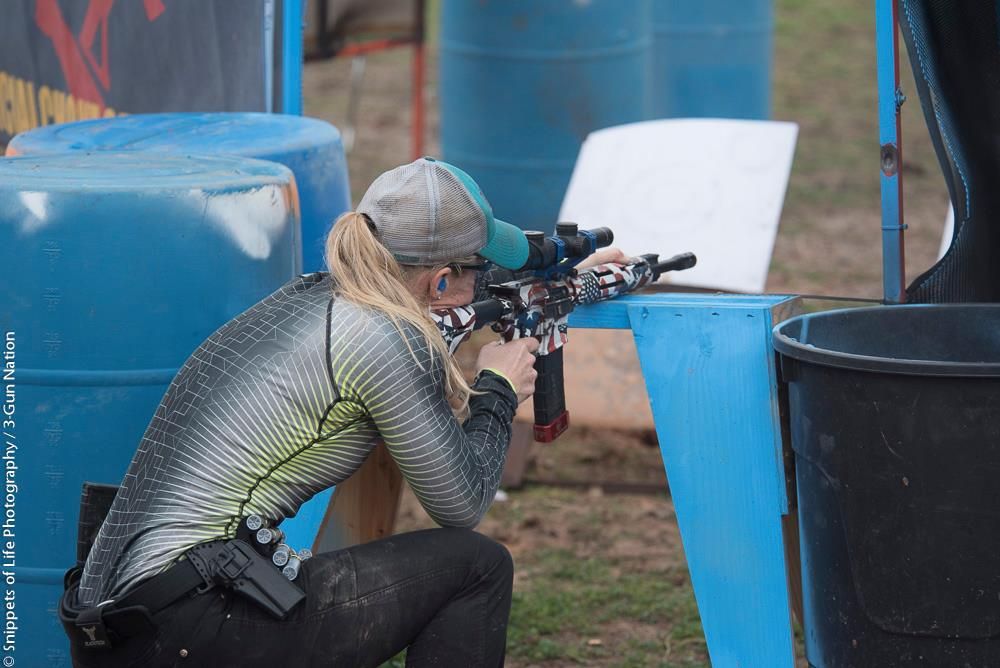
Q: I’d be negligent if I didn’t ask you about the importance of women getting involved in shooting. Can you discuss that?
Lanny Barnes – I think there’s tons of women now jumping into shooting sports, and it’s really cool to see. When I was growing up, there were not as many women involved. It’s so good to see that women are now enjoying shooting sports and rubbing elbows with the best of the men. I think that with rifle especially, and with the AR platform, we are going to see a lot more women getting involved.
I say that because the AR is just such an easy platform to shoot. It’s easy to learn on, especially in .223, because it has low recoil. When you add a suppressor, you can also easily minimize the amount of noise. It’s just more enjoyable to shoot than a lot of other firearms out there.
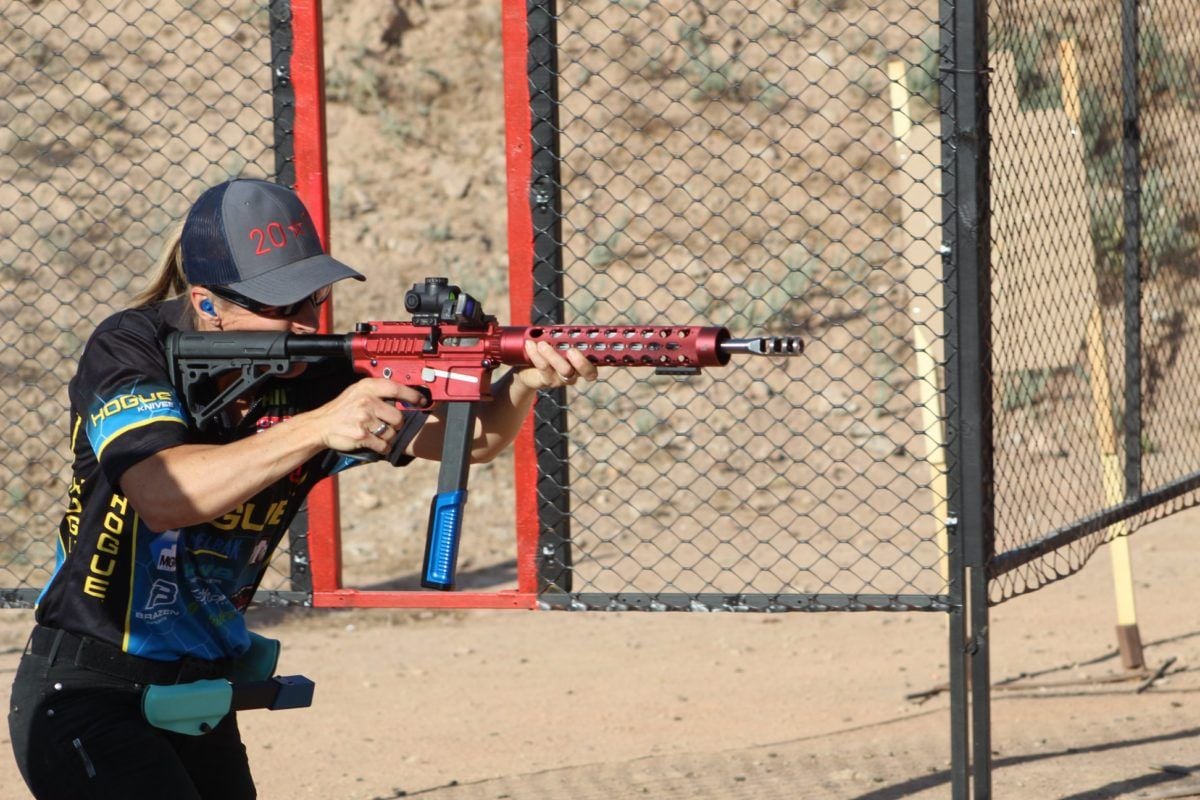
I find that PCCs are also seeing a huge uptick in regards to women using them to jump into shooting sports. They don’t kick and they’re fun to shoot. You can take a PCC and learn very quickly and see a lot of success in a short amount of time. So, from my position, I am seeing a lot more women than ever before get involved with the AR platform and it’s a great thing to see. I’m guessing we’re going to see a lot more women begin to jump into rifle competitions that use the AR platform in the future.
Q: I can recall seeing a picture of you at a recent championship that really turns the narrative that these rifles are scary, intimidating things on its ear…
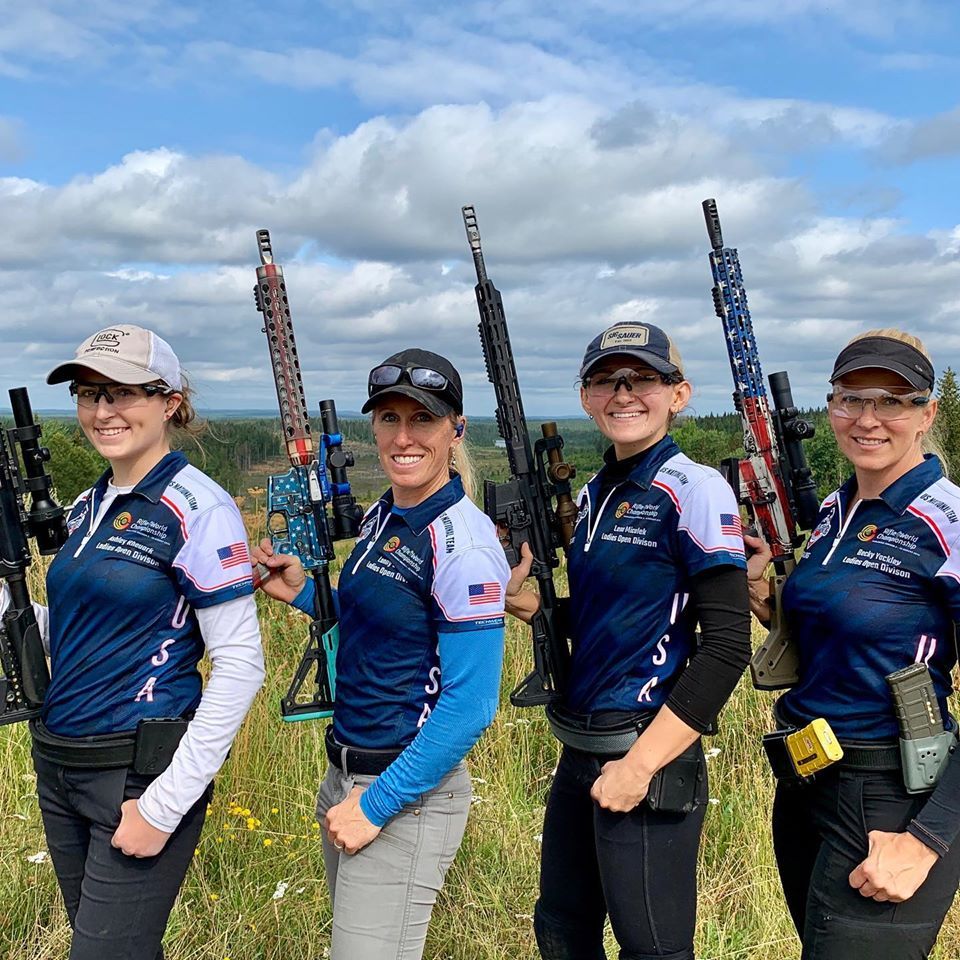
Lanny Barnes – Yes, that’s a picture from the US World Rifle Team earlier this summer in Sweden. We took on the rest of the world and brought home the gold. We just had a phenomenal team…There’s so much talk out there about how ARs are these horrible things, but I think they actually have helped women get them that edge in shooting sports. It’s allowed them to jump in for the reasons I mentioned. It’s just such an easy platform to learn on.
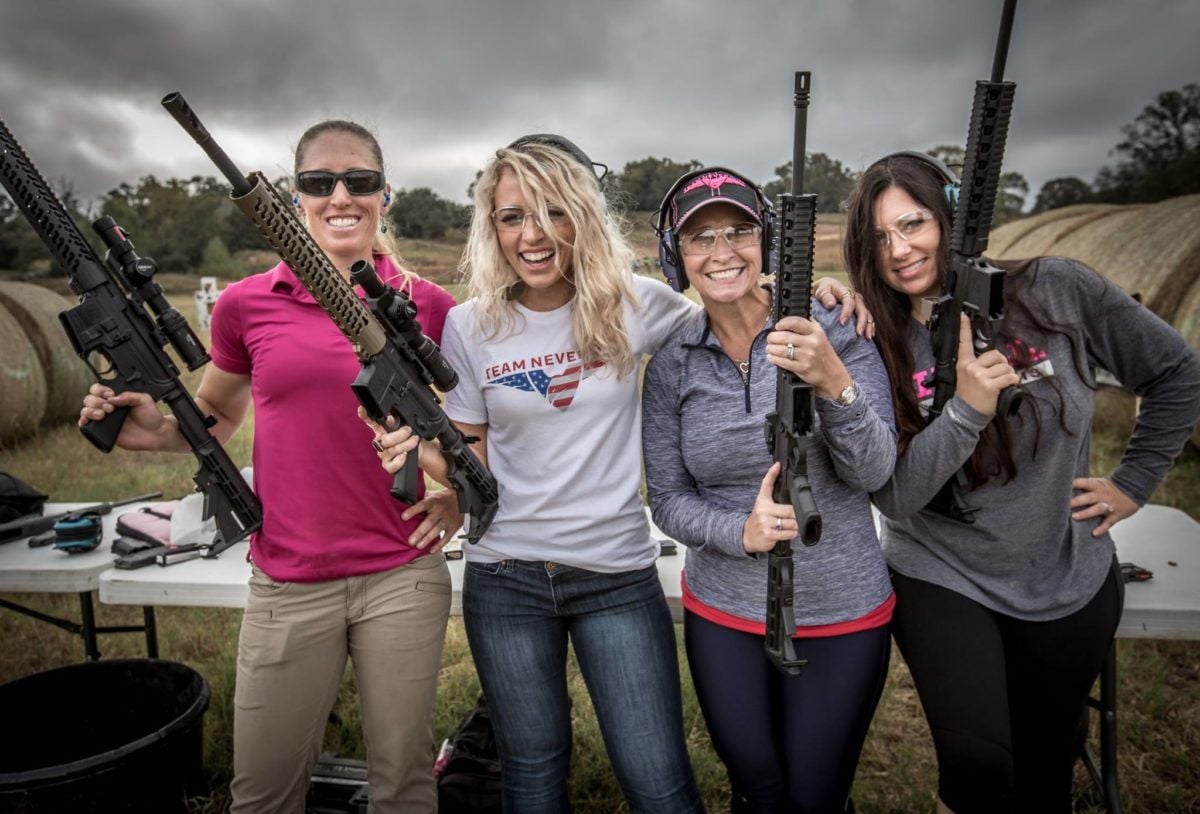
I think women who are interested should just dive in and head to the range. There’s a ton of women’s organizations around, like A Girl and a Gun, Babes with Bullets…and they’re teaching women to shoot…and it’s not just pistols. They are learning how to shoot ARs. There is plenty of things out there, and I’d encourage anyone on the fence to go for it and jump in with both feet.
###


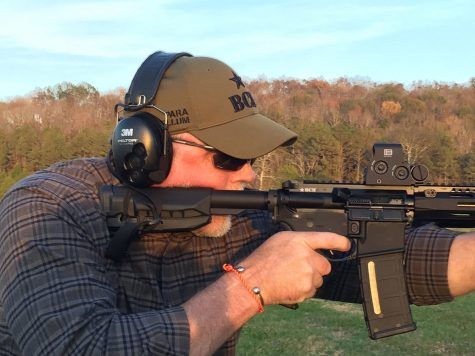
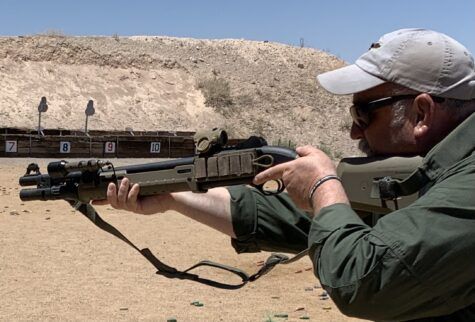

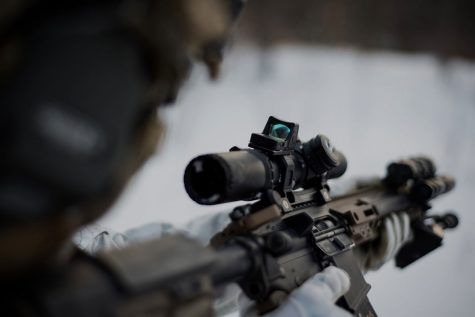
Great interview with Lanny. Her insight on breathing is a golden nugget!
agreed, there were a few things she mentioned that I think a lot of shooters can adopt, especially in regards to breathing, relaxing, and the importance of movement.